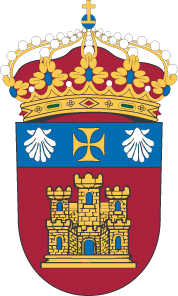Por favor, use este identificador para citar o enlazar este ítem: http://hdl.handle.net/10259/9757
Título
Desulfurization of thiosemicarbazones: the role of metal ions and biological implications
Autor
Publicado en
Journal of Biological Inorganic Chemistry, 2023. V. 29, n. 1, p. 3-31
Editorial
Springer
Fecha de publicación
2023-12
DOI
10.1007/s00775-023-02037-7
Descripción
Artículo de revisión
Zusammenfassung
Thiosemicarbazones are biologically active substances whose structural formula is formed by an azomethine, an hydrazine, and a thioamide fragments, to generate a R2C=N–NR–C(=S)–NR2 backbone. These compounds often act as ligands to generate highly stable metal–organic complexes. In certain experimental conditions, however, thiosemicarbazones undergo reactions leading to the cleavage of the chain. Sometimes, the breakage involves desulfurization processes. The present work summarizes the different chemical factors that influence the desulfurization reactions of thiosemicarbazones, such as pH, the presence of oxidant reactants or the establishment of redox processes as those electrochemically induced, the effects of the solvent, the temperature, and the electromagnetic radiation. Many of these reactions require coordination of thiosemicarbazones to metal ions, even those present in the intracellular environment. The nature of the products generated in these reactions, their detection in vivo and in vitro, together with the relevance for the biological activity of these compounds, mainly as antineoplastic agents, is discussed.
Palabras clave
Antitumor
Biological activity
Cyclization
Desulfurization
Metal complexes
Thiosemicarbazone
Materia
Química inorgánica
Chemistry, Inorganic
Versión del editor
Aparece en las colecciones










